|
Nowadays we buy all sorts of toys for our children, starting them off with the simplest ones: balls, pull-toys, rattles and such. When Lucas was a baby boy, his favorite was a cushy soft ball with a rattles inside--"Shakey Shakey"--he always like to squeeze it tight and shake it. Then there was his spinning top, the kind you pump down on for it to spin. Lots of twirling colors delighted him. Then there was his bouncer, with it's assortment of colorful gizmos for him to touch, hear and chew on. And at 13, he still sleeps with his oldest and dearest friends... his plush "Cushy Bear" and "Moo-Cow". Kids were always kids... even in the ancient world parents gave their kids toys...
Of course, many first toys used by plebeian children were made from things found in nature: rocks, sticks, clay, acorns, pine cones, or vines or husks made into primitive dolls. Sometimes childhood fun is as simple as that. A game called Battledore, resembling badminton, used flat paddles hitting pine cones back and forth, or cork balls with feathers stuck into them used as the shuttlecocks. Pebbles could become a game with the dirt becoming a game board or a place to draw with a pointy stick. Just as today, one generation of children passed along ludos in plateis (street games) to the next. And of course there were dolls... made from fabric and stuffing, carved from wood or made from terracotta. Modern parents would have a hard time picturing a child cuddling up to a terracotta dolly. I wonder how many must have been broken in a tantrum during the Terribili Due (the Terrible Twos). For the toddlers, there were pull-toys made of terracotta or wood in all sorts of animal shapes. Some kiddies played with horses and chariots, just as modern kids might play with toy cars. One can imagine a young boy playing the part of the latest charioteer champion. As a boy got older, he might build a little cart to hitch a mouse to. As a kid, I remember putting my hamster behind the wheel of a remote control Model-T Ford model that I had... I loved watching him with his little paws on the steering wheel, going round and round. He seemed to like it, too. A mouse-drawn cart sounds like lots of fun, too. 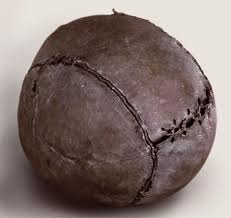 Roman pig's bladder football Roman pig's bladder football The older boys and girls had outdoor toys... sticks and hoops, balls, yo-yos, swings, bow and arrows, sling shots, hobby horses, marbles, and games similar to kick-the-can, hide-and-seek and tag. And you can imagine some great racing games using toys with wheels on them... "My chariot can beat your ox cart! I'll bet 5 marbles that I can!" Of course, all a kid needed to do was have a ball and a stick and he'd make up a game. If he didn't have a ball, a rock or pine cone would do. When I was a boy we played stickball with an old broomstick and a cheap 10 cent pink ball called a Spalding (Spaldeen, we called it). Even thousands of years ago kids had games similar to field hockey or baseball or basketball. Borrow a basket from Mom (while she wasn't looking), start tossing some pine cones, and the fun would ensue. Sling shots--the same type David used to slay the Giant--came in useful to teach young boys how to hunt. And swimming was enormously popular for Roman boys. They would either go to a special swimming pool (Roman baths were too shallow for "plunging") or to the river. Boys were taught to swim as part of their formal education. Games were popular too, just like today. One of the most common was tic-tac-toe--played just as we do today, with Xs and Os. Some were carved into walls while most games were just scratched into the ground for temporary fun. Another similar game, Rota, was played with small stones on a layout that looked like pizza cut into 8 slices. 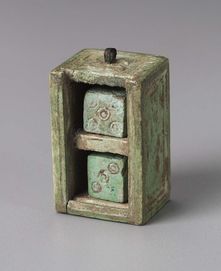 Box with sliding lid (missing) containing 2 dice Box with sliding lid (missing) containing 2 dice Cube shaped dice, as we know them, were around for at least 5000 years. There were always dice games, many for children and others for adult gambling. A precursor of dice, and a popular game, in and of itself, is Knucklebones (also called astragaloi), a game usually played with five or ten small bones. In ancient times, the "knucklebones" were the the actual knucklebones (astragalus--small ankle bones) of a sheep, although there are ancient "bones" made from precious gems, bronze or glass. The oldest version of a knucklebones game determined a winner depending on which side of the knucklebones landed facing up. (Both sides are distinctly different in shape.) 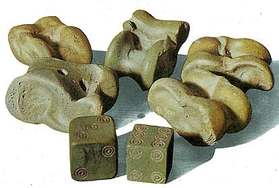 Knucklebones and Roman Dice Knucklebones and Roman Dice In another, the bones were tossed up in a manner similar to modern Jacks, with one knucklebone tossed into the air, and the player trying to pick up as many others as possible while it is airborne. Curiously, differently shaped bones would be worth different points. In another Roman game called Tali, the knucklebones are marked as dice are, with dots representing numbers--the resulting toss gives a player a hand to beat, similar to dice or playing cards. You can actually purchase Knucklebone pieces on Amazon. 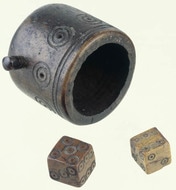 Tabula shaking cup and dice Tabula shaking cup and dice There was also a game called Tabula that was very similar to backgammon of today, except it was played with three dice, but for most part, dice games of chance were left to adults--especially soldiers--for gambling. Still, boys have to learn the game from someone. I can imagine a father teaching his son how to play, as I've taught Lucas to play backgammon. An interesting fact is that when Greek and Roman girls, "came of age" (at 12-14 years old) it was customary for them to sacrifice the toys of their childhood to the gods. On the eve of their wedding, young girls around fourteen would offer their dolls in a temple as a rite of passage into adulthood. And yes... girls were married off after the age of 12.
Here are some other facts about what childhood was like in the Ancient World:
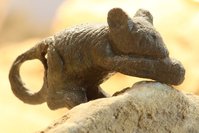 Bronze toy mouse Bronze toy mouse When a kid got bored with his toys, he could always spending time with his best friend, Il Cane, who might answer to Craugis (Yapper) or Asbolos (Soot) or Scylax (Puppy). The ancient Romans loved using Greek names for their pet dogs. Romans were great dog-lovers and had several popular breeds to choose from: hunting hounds, ratters and other small breeds that were bred for companionship and to keep their masters' feet warm in bed. Romans also loved birds, evidenced by various types shown domestic scenes in frescoes and mosaics. The odd thing is, cats were not liked in the Roman world, and even though might have helped rid them of rodents, were themselves thought of as pests. (Perhaps it's the Roman in me, because I feel the same way when roaming cats spray and stink up in my garden.) There are also mosaics showing children with pet goats hitched to child-sized carts, and even mice harnessed to miniature toy wagons. Unlike Italians of today, who tend to take a more practical view of animals, Romans loved their animals dearly. For example, modern Italians don't like to spend a lot of money on their pets--not even vets. Ancient frescoes and sculptures show Romans treating their pets as if they were members of the family. The dogs must have felt the same way, becoming protectors of their families, as illustrated by the many Cane Cavem (Beware of Dog) mosaics found at the portals of Roman homes. Here's a great batch of modern Roman toys (on Amazon) that your little ones can play with while they imagine life in ancient Rome...
|
On Amazon:
|

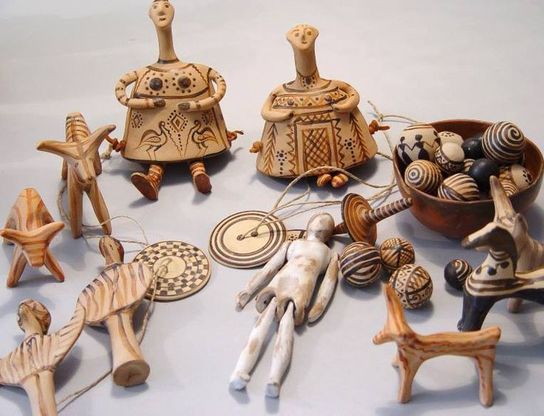
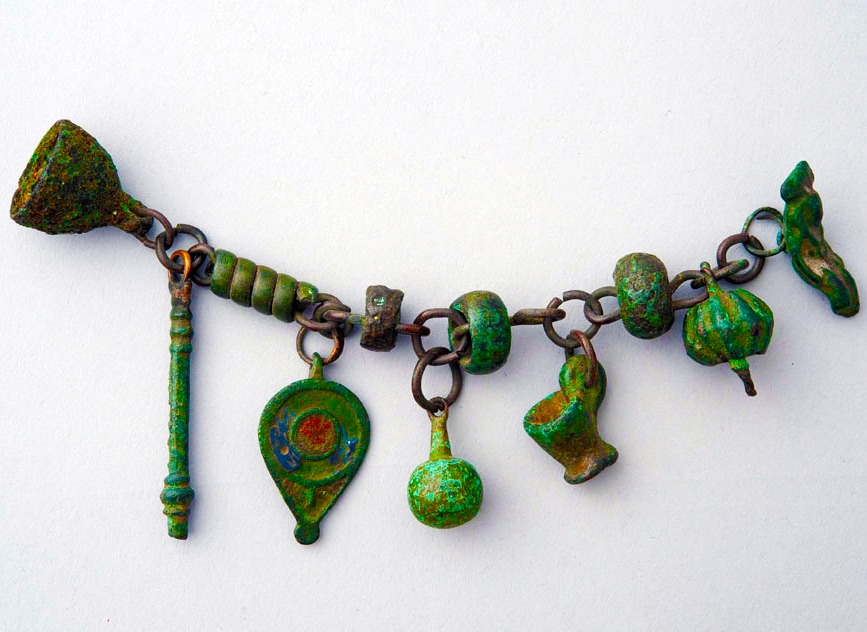
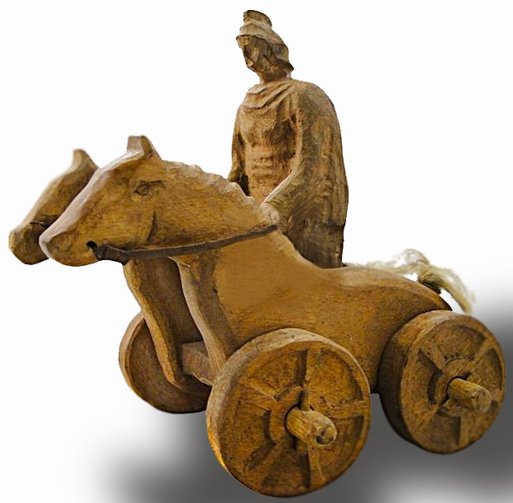
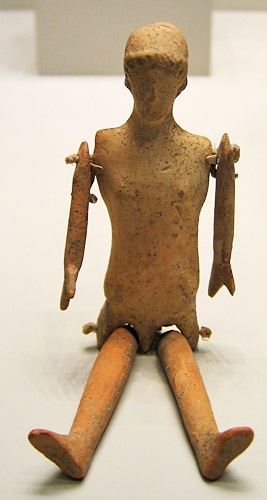
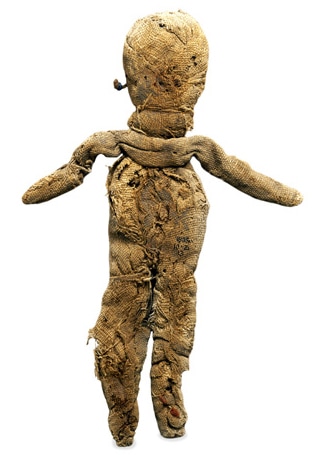
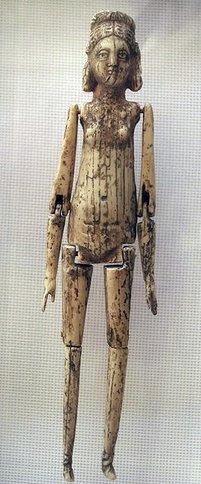
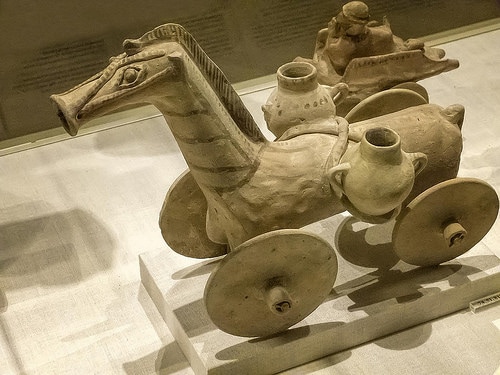
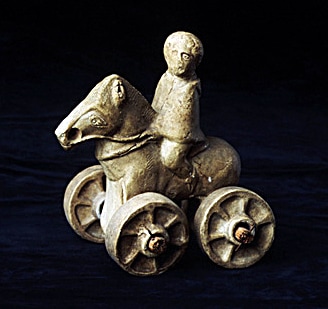
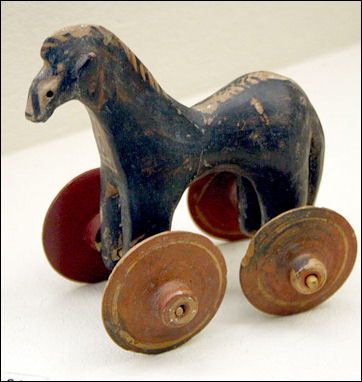
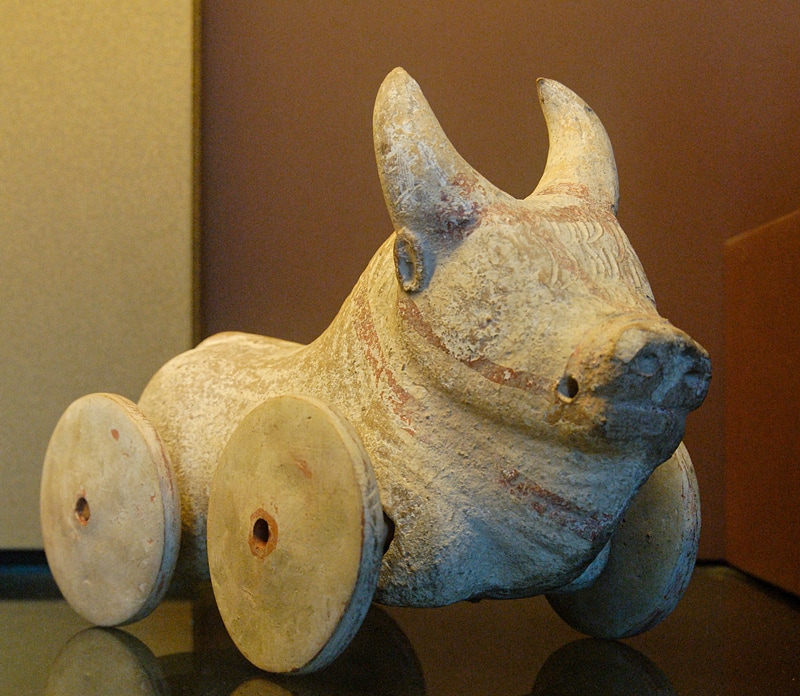
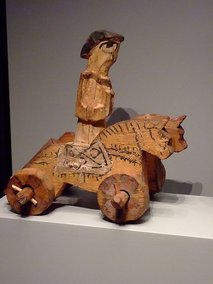
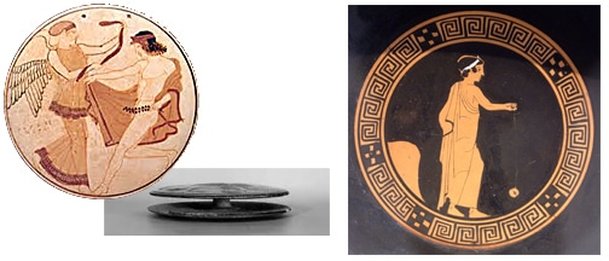
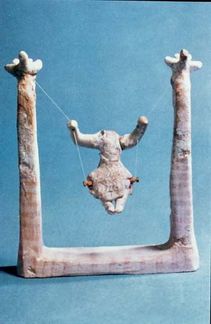
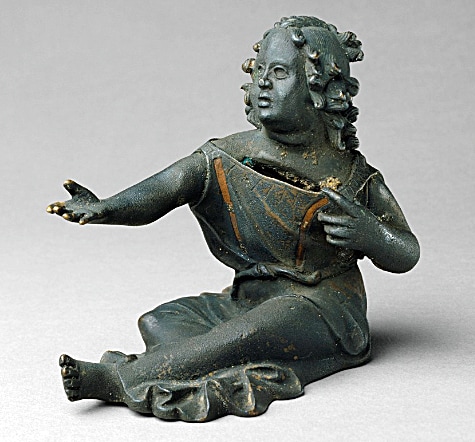
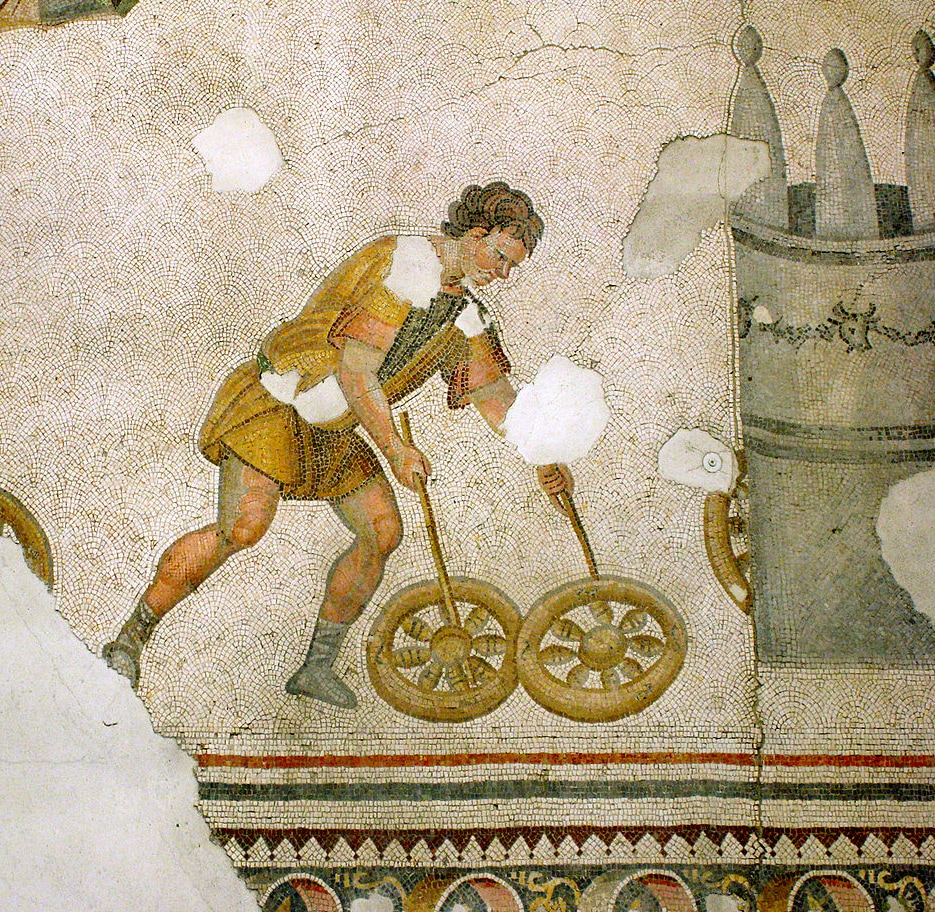
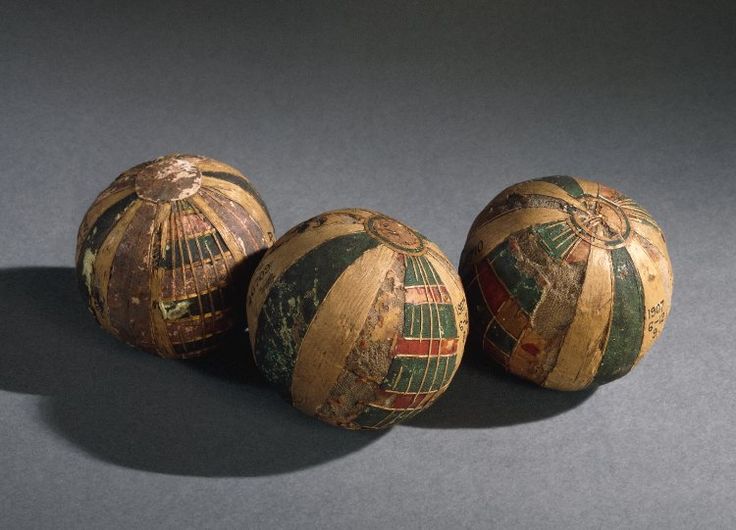
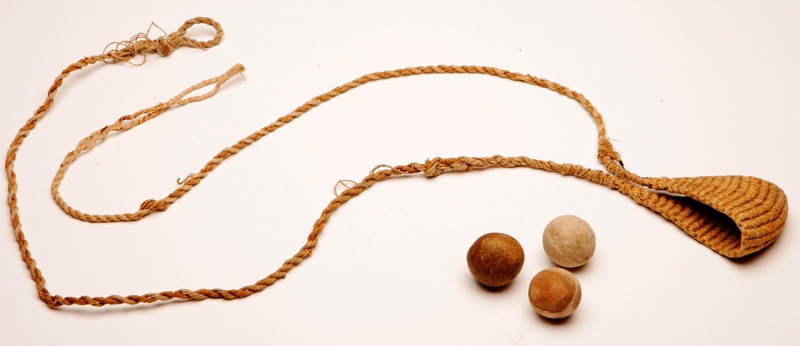
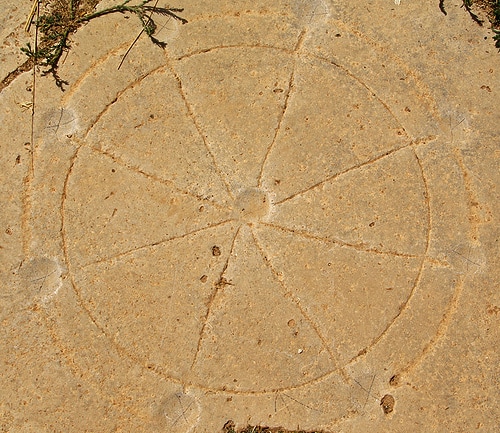

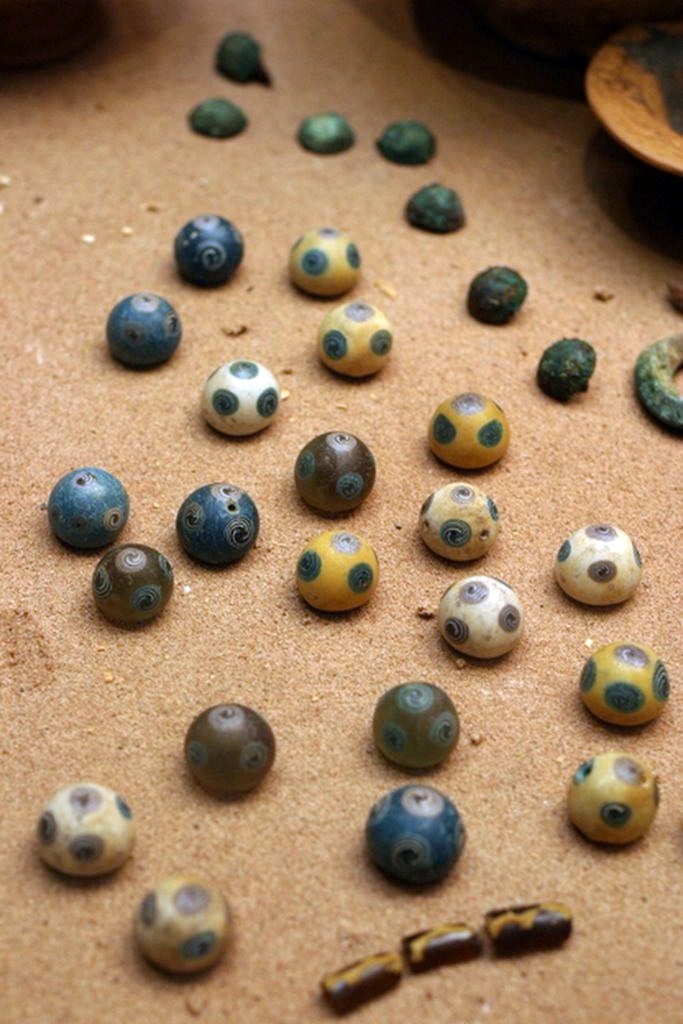
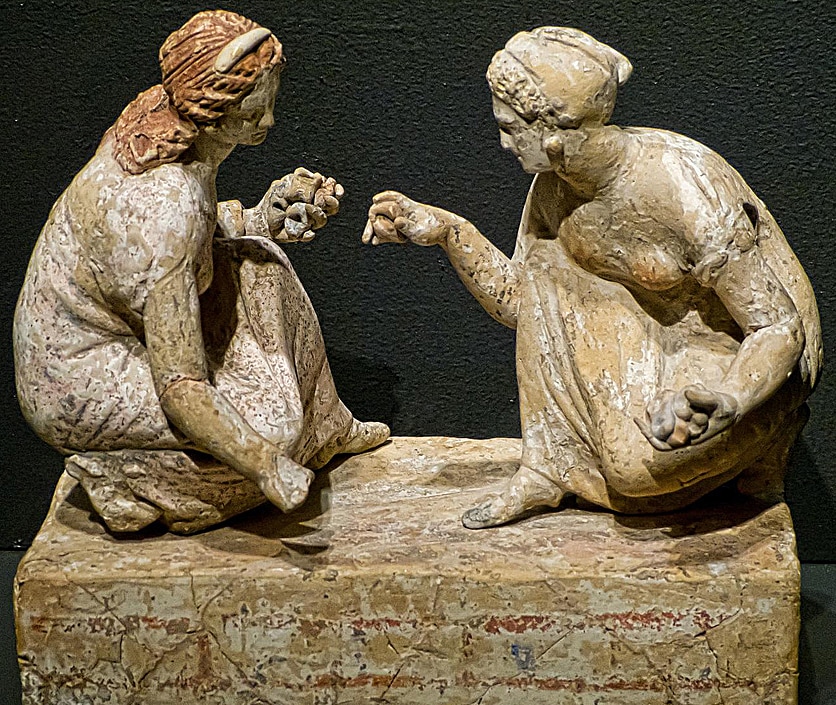
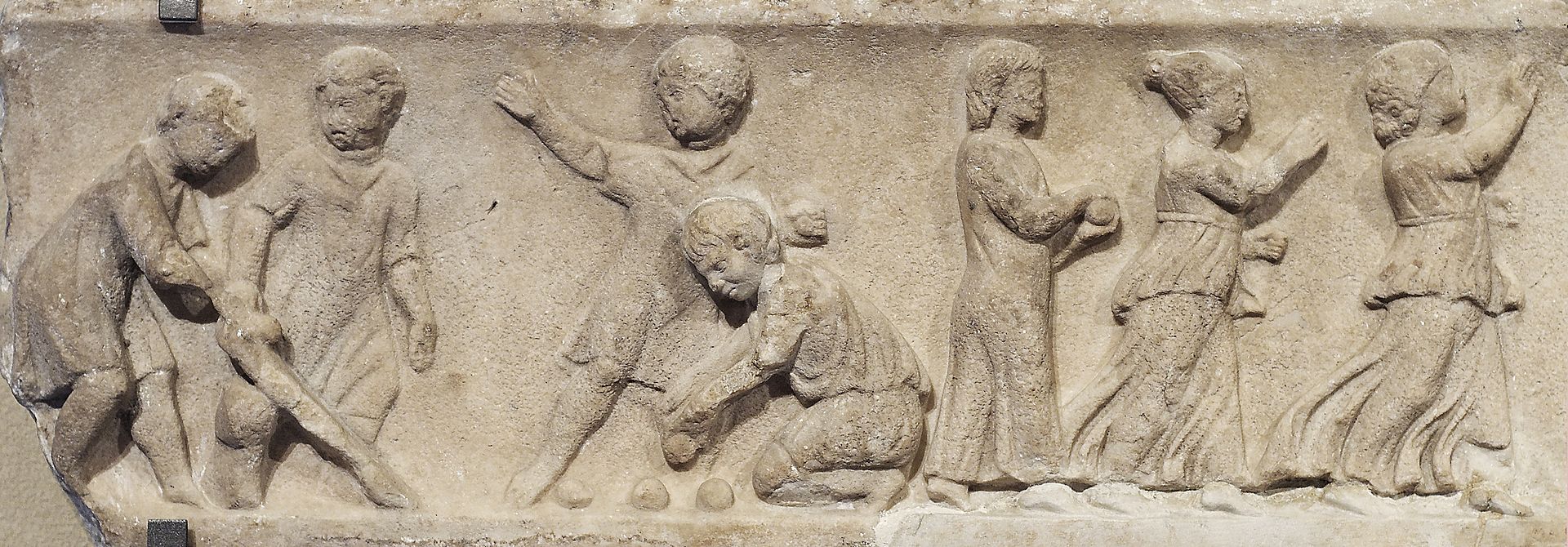
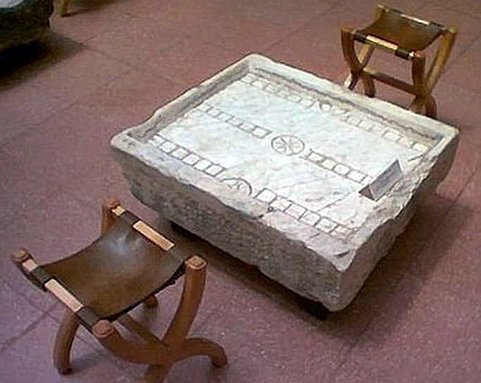
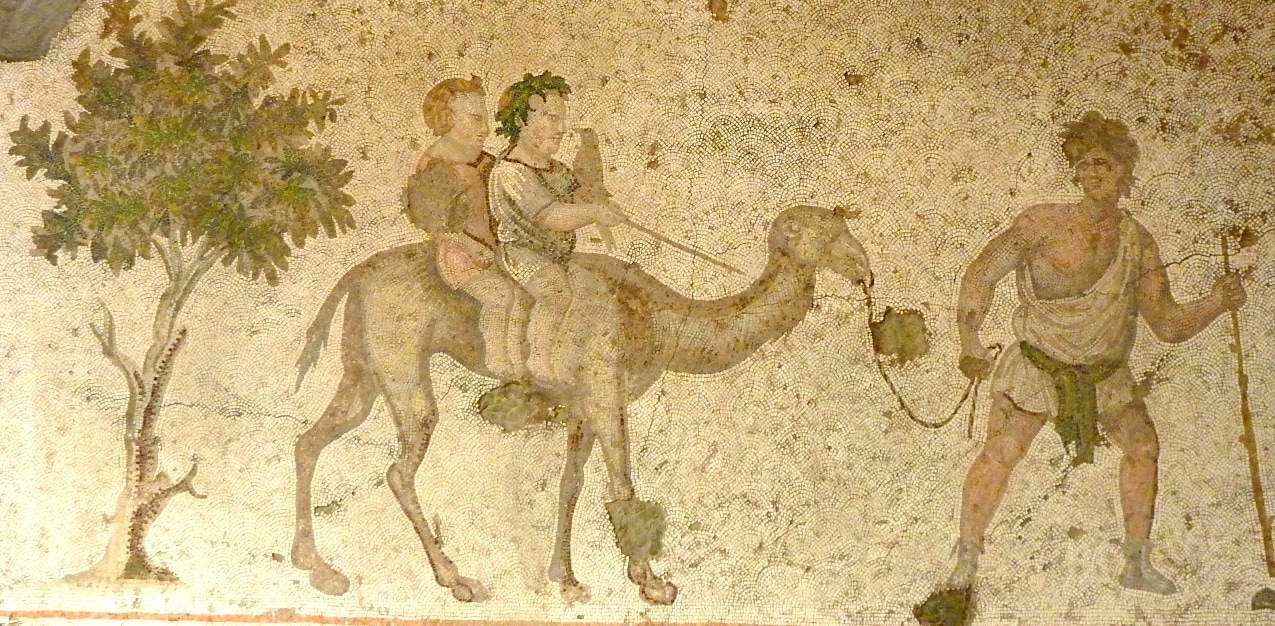
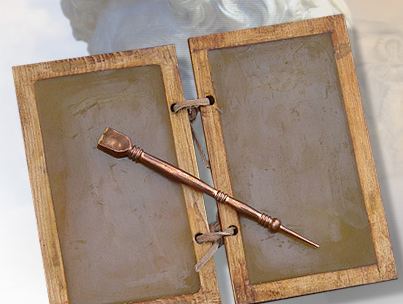
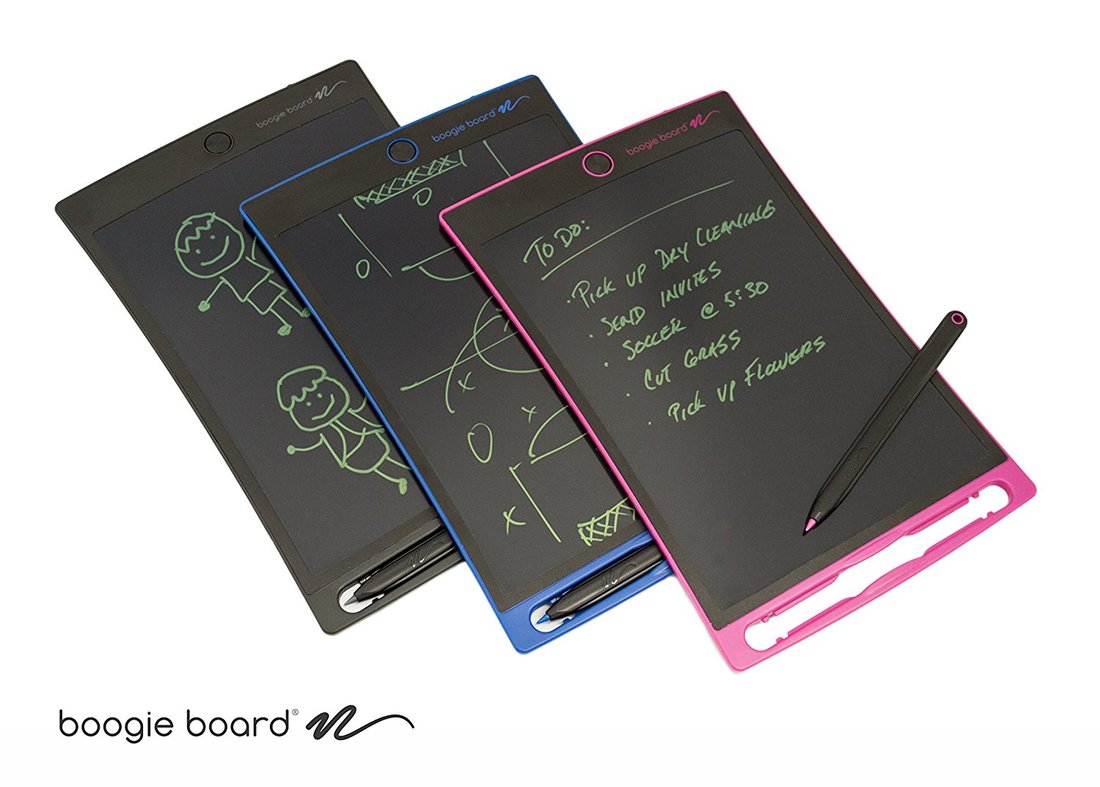
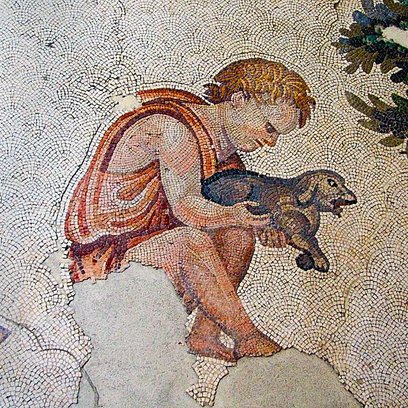
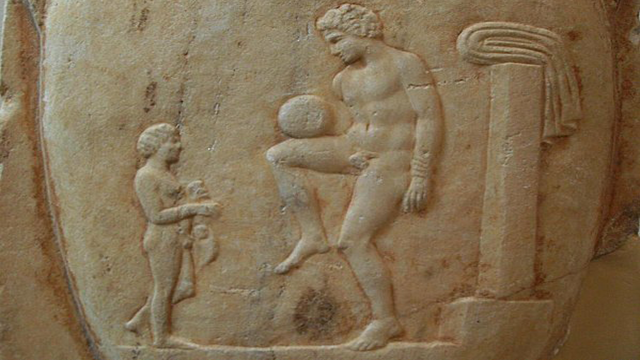

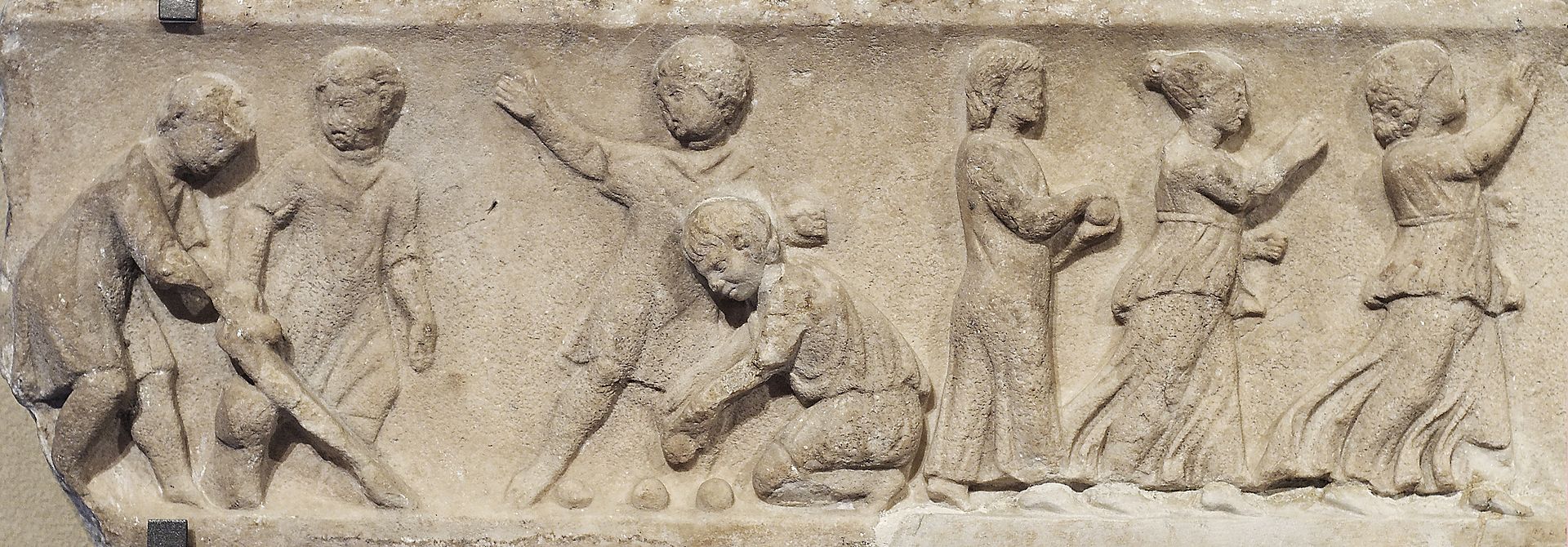


 RSS Feed
RSS Feed
